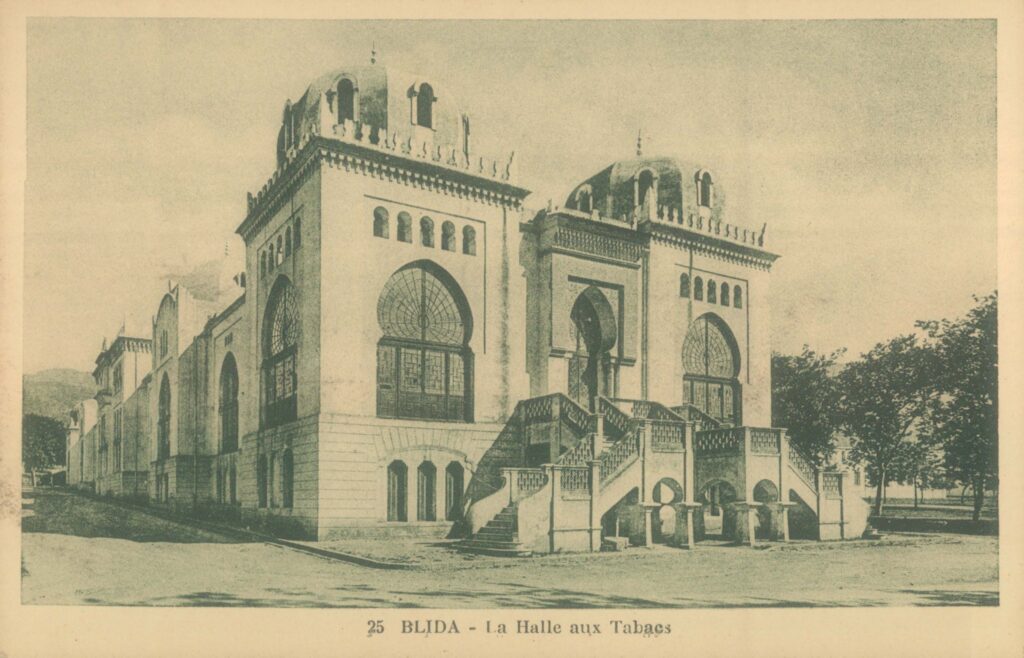El Badr Mosque: History, Change, and Hope for Renewal
The Architecture of El Badr Mosque

In the heart of Blida stands El Badr Mosque, a landmark that blends past and present. Built in the Islamo-Mauresque style, it displays rounded domes, horseshoe arches, and modest but elegant façades. These details echo the great tradition of Maghreb Islamic architecture, often seen in Ottoman-era mosques across Algeria.
Unlike the richly decorated mosques of older centuries, El Badr is simpler. Its charm lies in balance rather than excess, showing both Ottoman influence and touches of the colonial era. As noted by El Watan, this blend makes it unique in Blida’s urban landscape.
Modifications and Everyday Use
Since its inauguration in 1963, El Badr Mosque has gone through many changes. Ablution rooms and a bigger prayer hall were added. Still, space quickly became an issue. Every Friday, when hundreds gather, many worshippers end up praying outside.
Another challenge lies inside the building itself. Beyond the prayer space, parts of the mosque host a boxing club, a small clinic, Red Crescent offices, and the El Badr Association. These activities support the community but also strain the mosque’s structure. Over time, the building has lost some of its spiritual atmosphere and architectural harmony (El Watan, 2022).
Preservation Efforts and Future Plans
Blida’s residents have long called for the mosque’s restoration. Many want the site to be officially recognized as a cultural heritage monument. Such a step would protect the building and return its primary role as a house of worship.
About ten years ago, a project was suggested: expand the mosque, renovate its façades, and add a library and conference rooms. According to Wikimapia, the plan was ambitious, but it never moved forward. Today, the building still waits for a second life.
El Badr Mosque Today
El Badr Mosque remains a symbol of faith and resilience in Blida. Its architecture recalls the city’s Ottoman past, while its struggles reflect the pressures of modern urban life. Locals continue to hope for its recognition and renewal. As El Watan points out, protecting this mosque means preserving not just walls and domes, but also a piece of Blida’s identity.